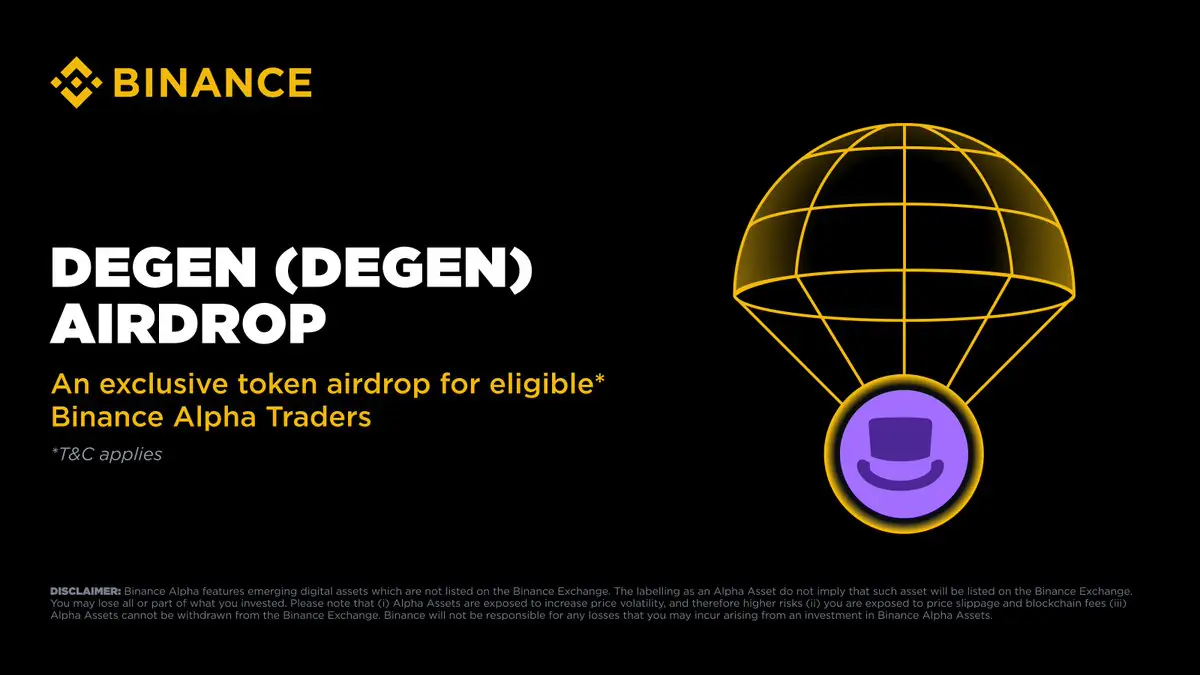Instead of burning tokens as it previously did, the Solana-based project is switching to a market-based approach that uses transaction fees to fuel token purchases and gradually remove them from circulation.
The new system marks a shift from destruction to accumulation: half of the fees collected across the network will now go toward buying $SONIC on the open market. Rather than being permanently burned, these tokens will be locked up and released over a 24-month period, injecting steady demand while shrinking available supply over time.
Chris Zhu, CEO of Sonic SVM, believes this change does more than tweak token economics — it aligns incentives across the board. “We’re not just removing tokens; we’re creating a financial engine that supports our ecosystem’s growth,” he said.
But the update goes beyond just buying and locking tokens. A portion of the fees collected in SOL—Sonic’s base currency—will be staked on Solana’s mainnet. Rewards from that staking will then be paired with vested $SONIC tokens to build liquidity pools native to Sonic’s mainnet. These pools will be incentivized, offering extra benefits to users who help deepen liquidity.
This dual mechanism—pairing steady buy pressure with staked-backed liquidity—strengthens Sonic’s integration with Solana while also enhancing token utility within its expanding network of games and applications.
According to Alan Zhu, co-founder and CPO, the long-term goal is to ensure that as the platform scales, so does the demand for its token. “Every interaction with the network should reinforce the value of $SONIC,” he noted. “We’ve built a model where growth isn’t theoretical—it’s embedded into how the protocol operates.”
Documentation and rollout details are expected in the coming weeks as Sonic prepares to activate this next phase of its token model.
The post Sonic SVM Redesigns Tokenomics to Fuel Demand and Cut Circulating Supply appeared first on Coindoo.














 Bengali (Bangladesh) ·
Bengali (Bangladesh) ·  English (United States) ·
English (United States) ·